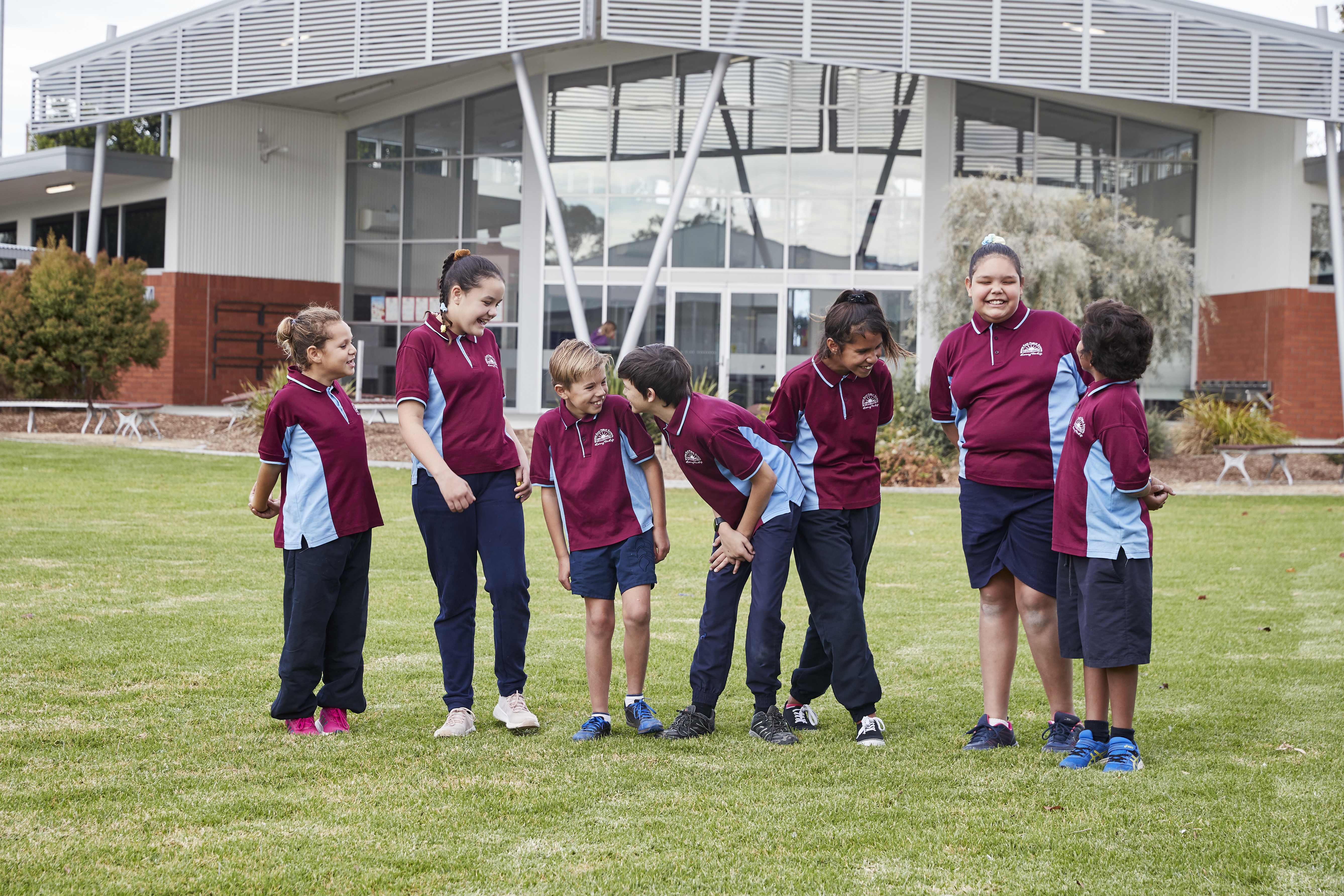Planning for priority growth areas and precincts
School Infrastructure is working as part of the NSW Government to deliver a coordinated approach to planning for priority growth areas and precincts.
We work with NSW Government agencies, local councils and the private sector to plan and respond to new housing developments and population growth.
This helps us deliver educational infrastructure to meet current and future enrolment needs. It also helps us to plan where to build new schools or provide extra spaces at existing schools.
Improving the planning and delivery of schools in growth precincts
Priority growth areas and precincts that the NSW Government expects will have significant additional housing by 2041 may not have students living in the area right now.
This includes greenfield developments (like Wilton and Glenfield) and existing areas being redeveloped (like Rhodes and Camellia-Rosehill).
We match the likely demographic make-up of the new community with historical student population levels in equivalent areas. We use these ‘student density’ estimates to plan for future school catchments in the growth areas.
With around 800,000 students and 2,200 public schools across NSW, we need to provide teaching spaces for current students as a priority, rather than providing a new school for an intake area that is not forecast to have enough students in the short term. Projections are used as a guide for how many students may be in each school intake area over the next 5-15 years. Learn more about how we are planning for growth.
Knowing where to build schools in growth precincts
In growth precincts, the NSW Government prepares plans for entire communities, with forecast timelines for the proposed developments. These plans also indicate where social infrastructure, like schools, hospitals and transport could be located within the new community.
Our site selection guidelines help us to ensure that the land being dedicated for future schools:
is in a safe and appropriate location, with good access and limited constraints for construction and operations
can support all aspects of teaching and learning
will contribute positive outcomes to the wider community.
Development contributions can help to cover the cost of delivering infrastructure to support new businesses, communities and homes. Contributions made under contribution schemes and state voluntary planning agreements (SVPAs) help to deliver state and regional infrastructure such as:
transport, including public transport facilities and major roads
land for education facilities
environmental or conservation land or management
biodiversity offsets.
SVPAs give developers an opportunity to deliver:
state or regional infrastructure works
dedicate land for that purpose and/or
provide monetary contributions for the delivery of infrastructure at a later stage.
Learn more about SVPAs from the NSW Department of Planning and Environment.
Local contribution schemes endorsed by councils can support school developments by aligning the timing of local infrastructure that supports schools such as:
footpath programs
road safety infrastructure like pedestrian crossings on local roads
links to open space and town centres.




